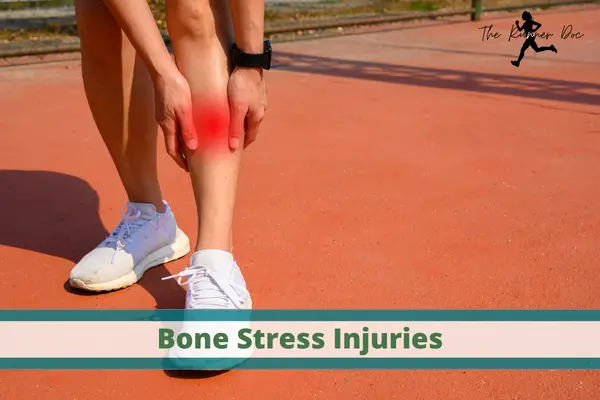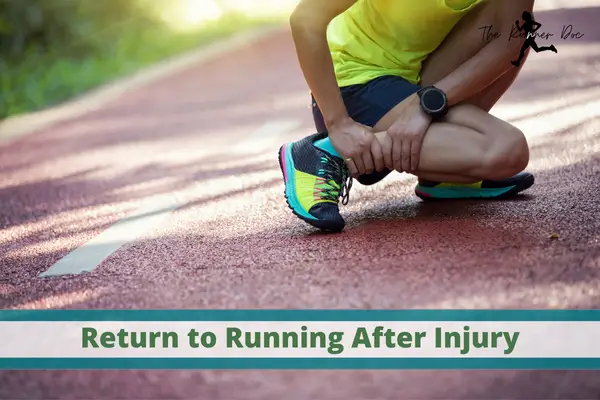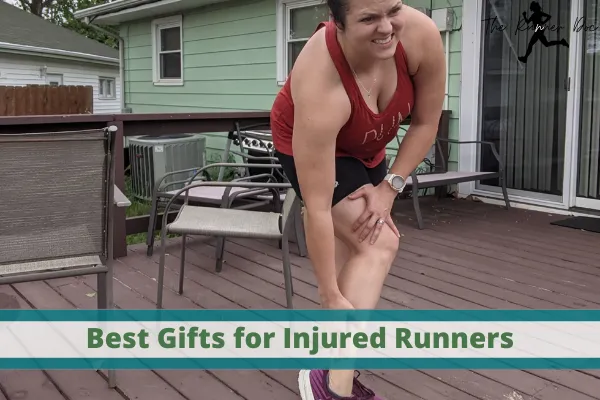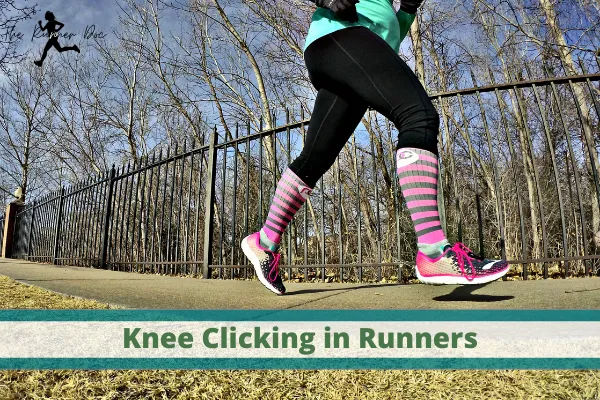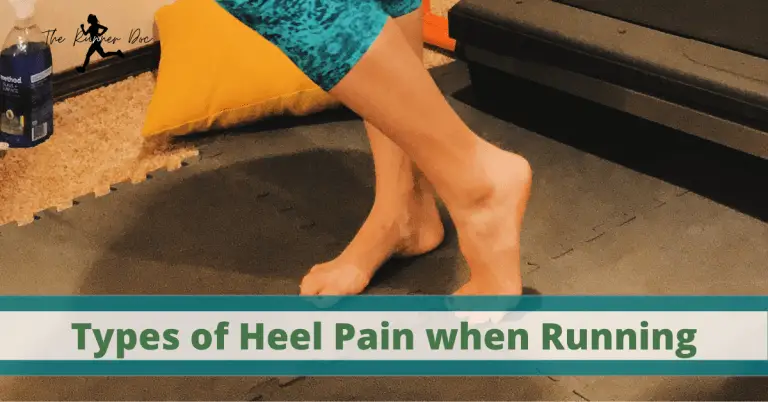Bone Stress Injuries in Runners: How to Prevent and Treat Them
Running is a popular form of exercise, and while it has many benefits, it can also be dangerous. One of the dangers of running is the risk of bone stress injuries. These injuries are caused by repetitive forces on the bones and can lead to pain and long-term damage. In this brief, we will discuss what bone stress injuries are, how to prevent them, and how to treat them if you do develop one.
Before I was a runner and was a simple high school athlete (lol), I remember being told that I might have a stress fracture in my shin from basketball and all the sports I was playing.
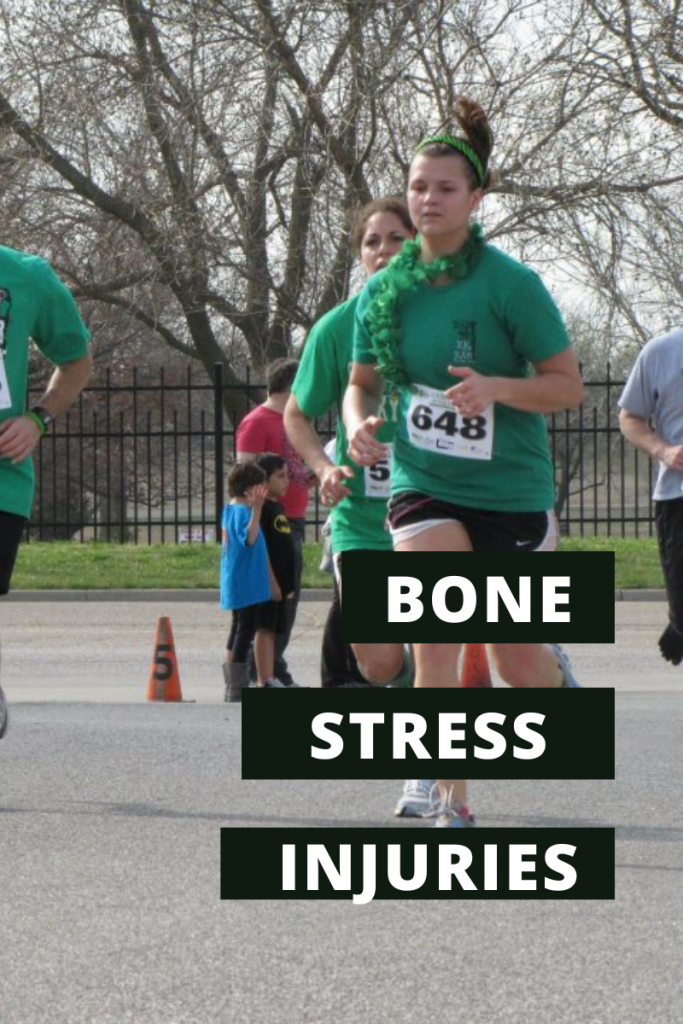
Keep in mind this was also during a time when I had, what I now believe to be, undiagnosed/never diagnosed female athlete triad. So there was a lot of overtraining going on for my immature body. But I remember having a bone scan done of my leg to see if I had a bone stress injury.
Luckily, I didn’t have a stress fracture and I have never had one in my running career either. Fingers crossed I can keep myself healthy and avoid one. But that doesn’t mean much since they are a fairly common injury in the running population.
What is a Bone Stress Injury?
Bone stress injuries are caused by repetitive forces on the bones. These forces can come from running, jumping, or any other high-impact activity. Over time, these forces can damage the bone tissue, leading to pain and long-term damage.
Bone Stress Injury (BSI) is a continuum of pathology. Meaning they start as a stress reaction, progress to a stress fracture, and if left untreated can turn into a full bone fracture. The difference between a BSI and a normal fracture is that it starts as a stress reaction.
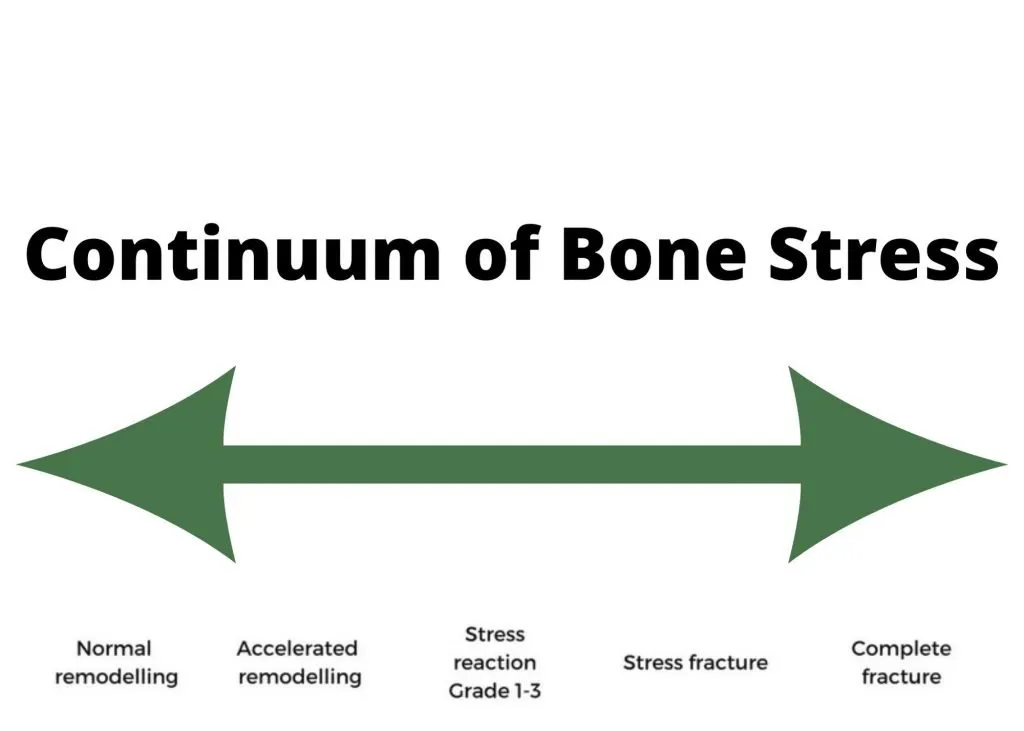
Stress refers to the load placed on the bone. When the load is consistently higher than the bones’ ability to tolerate you result in a stress reaction. Like most injuries in the running-sphere it is usually due to a training load that is too high too soon. It is more common in new runners or those coming back from a layoff.
A stress reaction is the first stage of a BSI. It is when the bone starts to break down in response to the repetitive forces being placed on it.
A stress fracture is a small crack in the bone. At later points in the stress fracture stage, the damage is visible on an X-ray. The best way to diagnose and get an image of a stress reaction or early stress fracture is with an MRI.
Symptoms of Bone Stress Reactions
Before a bone stress reaction occurs, periostitis will occur in some bones. This is an inflammation of the outer layer (periosteum) of the bone. In superficial bones this will cause discomfort and tenderness when it is pressed on or when running.
Many runners will be able to continue running in this stage due to it being a very mild discomfort. It will usually present as painful at the beginning of the run but will decrease as you continue with your run.
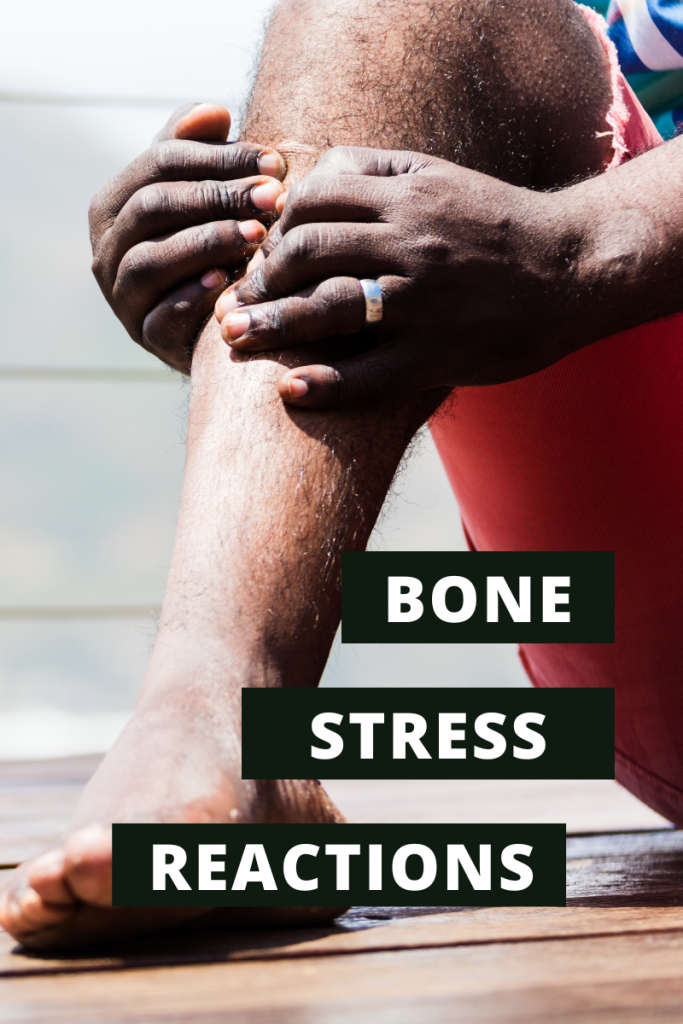
However, unlike tendinopathies where we want to continue to place some stress on the tissue, inflammation will only worsen and progress when we continue the activity. With this progression the next phase will begin resulting in a stress reaction.
This means that the bone will become more fatigued and start to change in a structural way. Running will eventually become even more painful and force you to stop.
This is why whenever you have any sort of pain or mild discomfort you should always be evaluated by a healthcare professional. You never know when that nag or niggle will be the start of something bigger.
What Causes of Bone Stress Injuries
There are many factors that can contribute to developing a bone stress injury. The most common factors are increased running mileage, inadequate recovery time between runs, running on hard surfaces, and improper foot strike.
Increased running mileage can place more stress on the bones and lead to an injury. If you increase your mileage too quickly, the bones may not have time to adjust to the new level of stress and become damaged.
Inadequate recovery time between runs can also lead to an injury. If you do not give your body enough time to recover, the bones may become overloaded with stress and become damaged.
Running on hard surfaces can also contribute to bone stress injuries. The impact of running on hard surfaces can place more stress on the bones and lead to an injury.
Improper running form can also contribute to bone stress injuries. Form can cause a lot of problems and place unnecessary stress on structures in the body.
How to Tell if You’re at Risk for a Bone Stress Injury
There are a few ways to tell if you are at risk for a bone stress injury. If you experience pain in your bones when you run, this is a sign that you may be at risk for an injury.
Additionally, if you increase your mileage too quickly or do not give your body enough time to recover between runs, you may also be at risk for an injury. Finally, if you run on hard surfaces or have an improper foot strike, you may also be at risk for a bone stress injury.
If you are at risk for a bone stress injury, it is important to see a healthcare provider. They will be able to properly diagnose and treat your injury.
Symptoms of a Stress Reaction in Runners
There are a variety of symptoms that will present with a bone stress reaction, even in the early stages before the reaction has developed as we talked about before. Some common symptoms include:
- Pain, swelling or aching at the site of the developing stress reaction.
- Tenderness or “pinpoint pain” when touched on the bone.
- Pain that begins after starting an activity and then resolves with rest.
- Pain that’s present throughout the activity and does not go away after the activity has ended.
- Pain which occurs while at rest, during normal activity or with everyday walking.
- Pain which is worse with hopping on one leg or an inability to shift weight/hop on affected leg/foot.
As we discussed above in the early stages, particularly when only dealing with periostitis, there will be pain or discomfort at the beginning of activity that will diminish as you continue.
Treatment of a Stress Reaction in Runners
The treatment of a stress reaction in runners can include rest, ice, and elevation. If you are dealing with a potential bone stress reaction injury or a stress fracture it is important to be treated by an appropriate healthcare provider as they can be tricky and take a lot of work to heal.
If you suspect you have a stress reaction, the first step is to reduce or stop the activity that is causing the pain. I have preached over and over again that I very rarely recommend stopping activity when dealing with pain or injury. This is one of the instances that you need to stop running.

Due to the nature of bone stress reactions the first line of defense is to stop the stress that is being placed on the bone.
Depending on how far progressed the bone stress reaction is will determine the length of time needed to rest from activity that puts stress on the bone. A common beginning point for length of time is 2-8 weeks off of running. If you are still in the early phase where you are have periostitis then the 2 weeks is usually sufficient. That is why it is crucial to identify and treat discomfort early and swiftly.
Once the pain has subsided, you can slowly start to increase your activity level. It is important to increase your activity level slowly so that you do not overload the bone and cause further injury.
Prevention of a Stress Reaction in Runners
Prevention of a stress reaction in runners is key to avoiding this type of injury. Some good steps to take in preventing a bone injury are listed below.
- See your healthcare professional as soon as possible if you have a persistent area of concern or discomfort. Try to back off on your activities until you are evaluated.
- Wear the proper running shoes. Running shoes should be replaced every 300 miles. You should also be rotating between shoes on every run.
- Cross-train!
- Slowly and gradually increase the time, speed and distance.
- Make sure to properly warm up and cool down before activities.
- Practice strength training
- Follow a healthy diet. A sports registered dietician can be helpful if you are extremely active and have a history of stress fractures.
- Check with your healthcare provider before starting an exercise program
- Follow all the rules your healthcare provider gives you. We don’t make them up just to see if you will do them! They all have a purpose and goal in mind!
Final Thoughts on Bone Stress Injuries in Runners
Bone stress injuries are common in runners and can be caused by a number of factors such as increased running mileage, inadequate recovery time between runs, running on hard surfaces, and improper running form. The most common site of injury is the tibia, followed by the ankle, femur, and knee.
This is one of the few times that I will say during recovery you need to completely rest! Depending on how progressed the injury is, you may need 2-8 weeks completely off of running. The good news is that once the pain subsides, you can slowly start to increase your activity level again.
Hope this helps to keep you healthy and injury-free! Stay tuned for more detailed articles on each area of bone stress injuries and how to deal with them!
AFFILIATE DISCLOSURE
As an Amazon Associate, I earn from qualifying purchases. This post may contain affiliate links. If you use these links to buy something we may earn a commission. The Site may contain links to affiliate websites, and we receive an affiliate commission for any purchases made by you on the affiliate website using such links.
All information should be used as a tool for more knowledge on the subject topic, to use as references for later articles where applicable, or just to keep it in mind during future exercise routines or activities.
This article is not meant to give medical advice or to replace professional health care. Should any ailment occur please contact your doctor or physical therapist immediately to keep yourself safe and prevent further damage.
The author is not liable for any personal or commercial damage directly or indirectly related to the content hereof. You are responsible for adhering to local laws and regulations regarding health & safety, including proper use of equipment or safety gear, and compliance with governing healthcare associations, and state, and federal regulations.
References for What is a Bone Stress Injury in Running
- Gardner LI, Jr., Dziados JE, , Jones BH, , et al.. Prevention of lower extremity stress fractures: a controlled trial of a shock absorbent insole. Am J Public Health. 1988; 78: 1563– 1567.
- Hreljac A. Eitology Prevention and Early Intervention of f Overuse Injuries in Runners: A Biomehanical Perspective. Phys Med Rehabil Clin N Am. 2005; 16(3): 651-667.
- Kelsey JL, Bachrach LK, Procter-Gray E et al. Risk factors for stress fracture among young female cross-country runners. Med Sci Sports Exercise. 2007; 39: 1457-1463.
- Kiel J, Kaiser K. Stress Reaction and Fractures. [Updated 2020 Jun 25]. Treasure Island (FL): StatPearls Publishing; 2020 Jan-. Available from: https://www.ncbi.nlm.nih.gov/books/NBK507835/
- Nieves JW, Melsop K, Curtis M, et al..Nutritional factors that influence change in bone density and stress fracture risk among young female cross-country runners. PM R. 2010; 2: 740– 750.
- Pohl MB, Mullineaux DR, Milner CE, Hamill J, Davis IS.Biomechanical predictors of retrospective tibial stress fractures in runners. J Biomech. 2008; 41: 1160– 1165.
- Warden SJ, Davis IS, Fredericson M. Management and Prevention of Bone Stress Injuries in Long-Distance Runners. Journal of Orthopaedic and Sports Physical Therapy. 2014; 44, 10: 749-765.
Prevent and treat runners with bone stress injuries and bone stress fractures
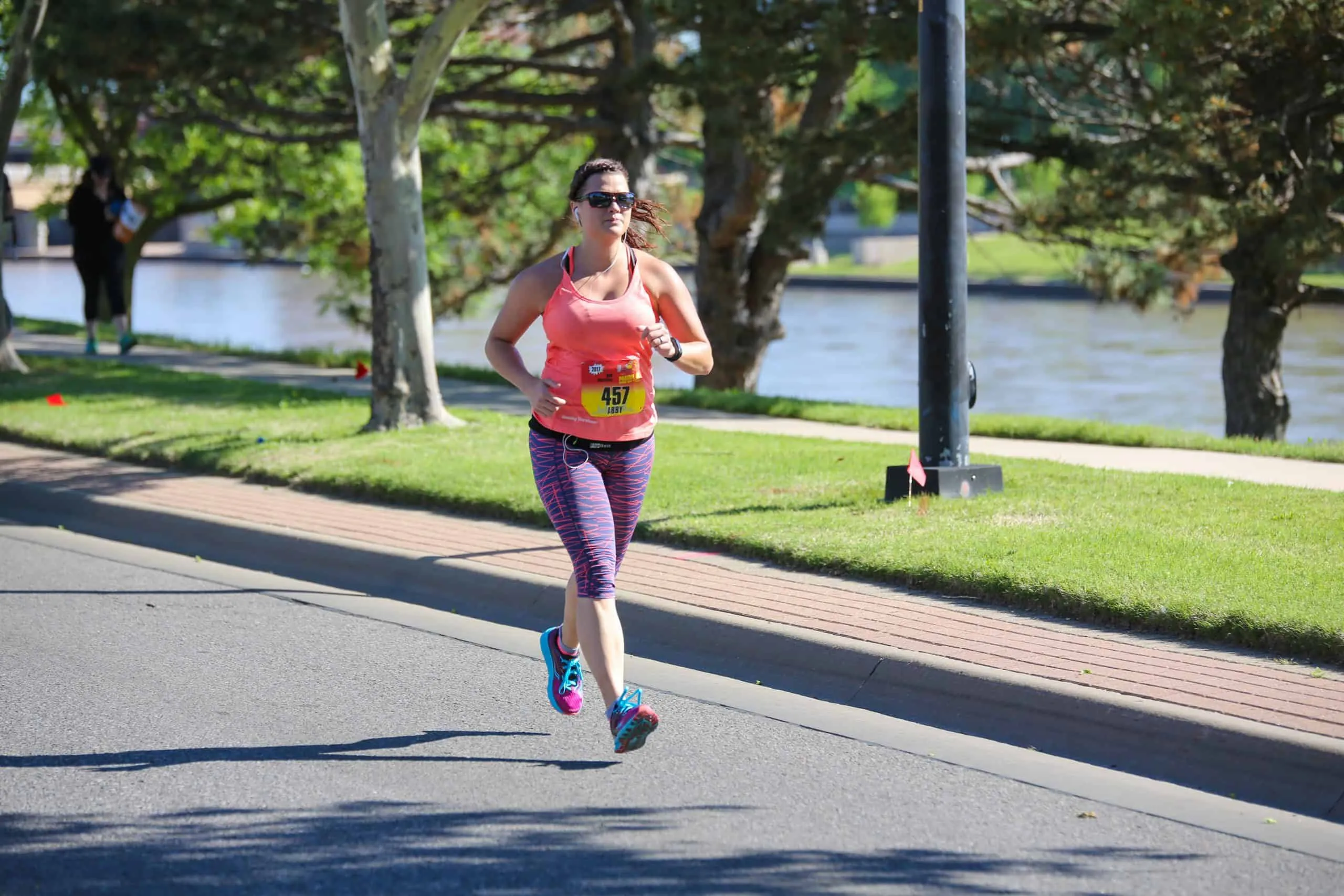
Dr. Abby Siler, PT, DPT is a Physical Therapist with 10 years of experience in a variety of settings. She has spent the majority of her time treating athletes in orthopedic clinics and worker’s compensation cases. She is a runner herself for the past 15 years and a lifelong athlete. Dr. Abby loves to teach runners how to stay injury free and out of her clinic.

